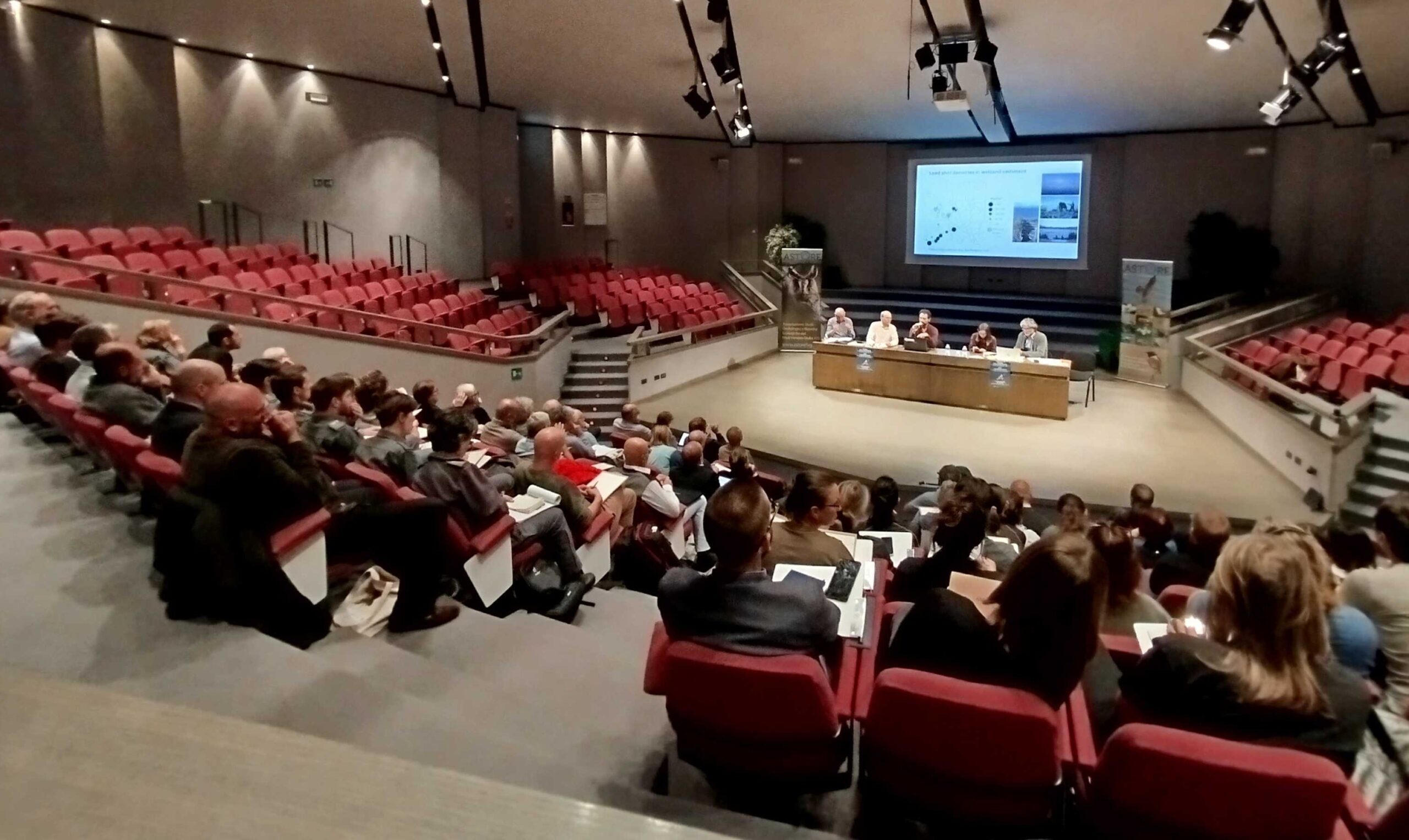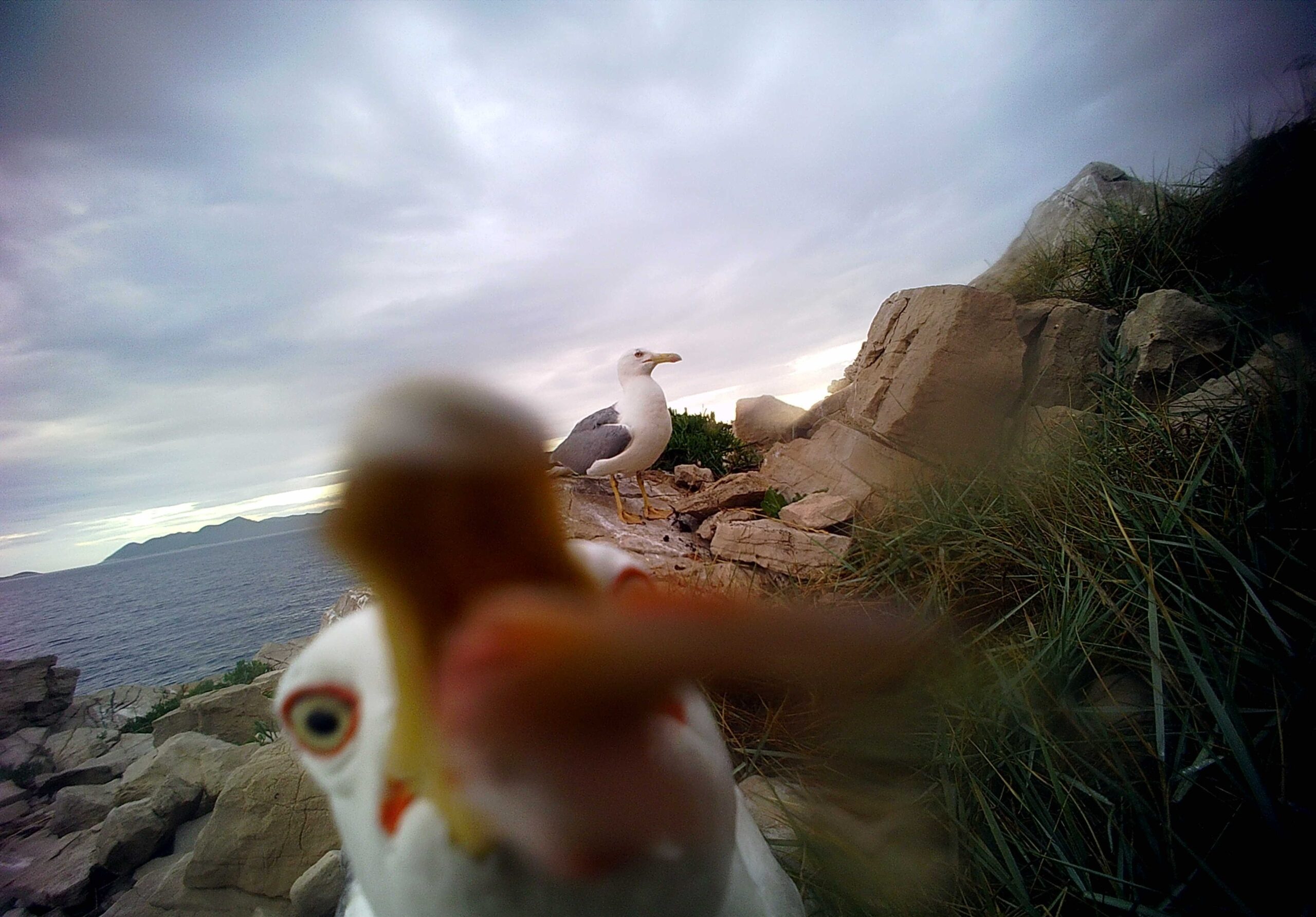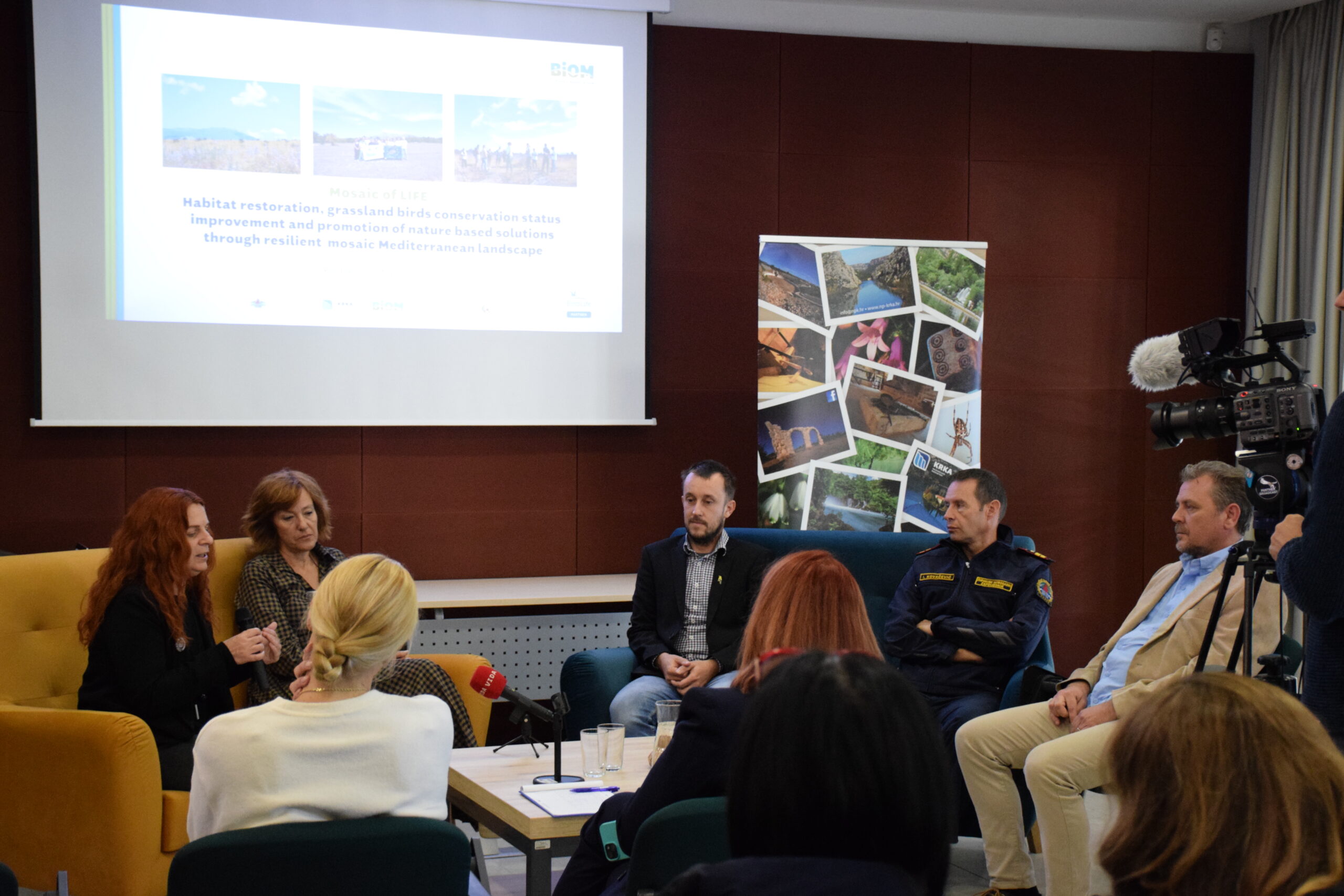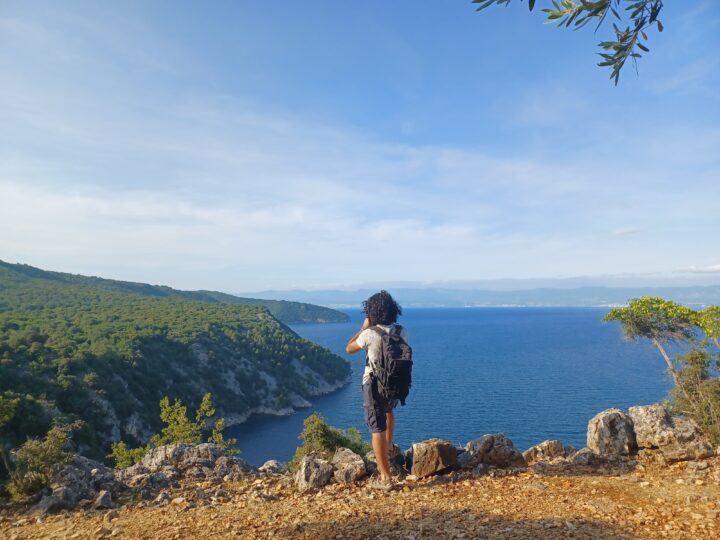
By Anastasis Konstantinou
On a sunny morning of June 2025, I found myself on a journey unlike any other I had done before. My destination? A small village by the coastal cliffs on the Island of Cres, in the Northern Adriatic Sea. My mission? To dedicate my time and efforts in helping protect the biggest bird found in the Croatian skies, and informing the public about the dangers it faces. How? By volunteering at the Beli Rescue Centre for Griffon vultures of course.
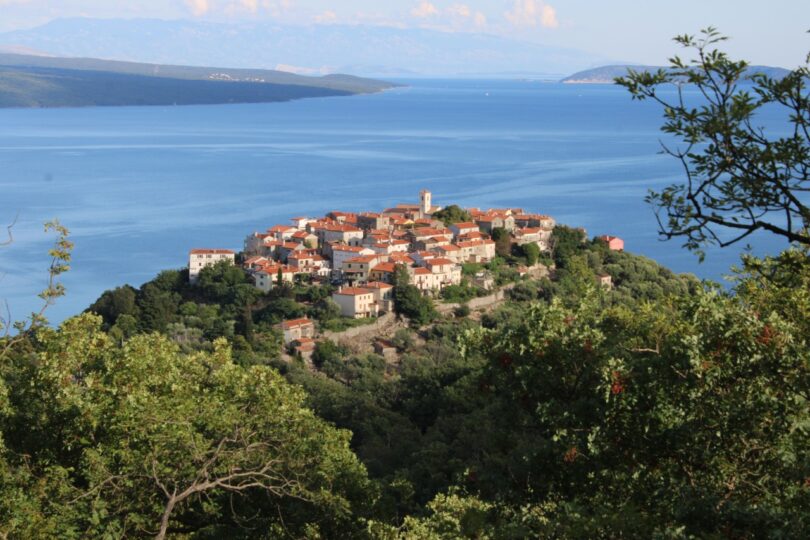
As an ESC volunteer in Udruga Biom, I was fortunate enough to spend most of my summer contributing to the work of this establishment. The Beli Visitor Centre and Rescue Centre for Griffon Vultures is probably one of the most key attractions in the Tramontana area, for both tourists and locals alike. As the name suggests, it acts both as a visitor and rescue centre: It contains three exhibitions which aim to educate the visitors about the beautiful nature of the surrounding area, with a key focus on the magnificent Griffon vulture, and the efforts of the centre’s workers to protect, rescue and successfully rehabilitate them.
The centre possesses a large aviary, which is where the rescue aspect comes into play. Rescued birds are brought in, and after they are checked thoroughly for injuries, if healthy, they will be temporarily put in said aviary to rest, feed and hydrate. Visitors can observe the rescued birds through small windows in the aviary, thus getting close and personal with the bird they’ve (hopefully!) read so much about in the centre’s exhibitions.
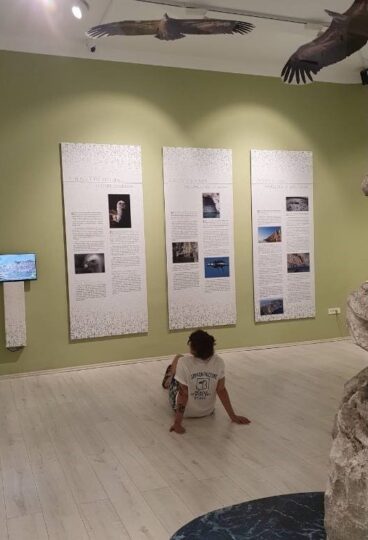
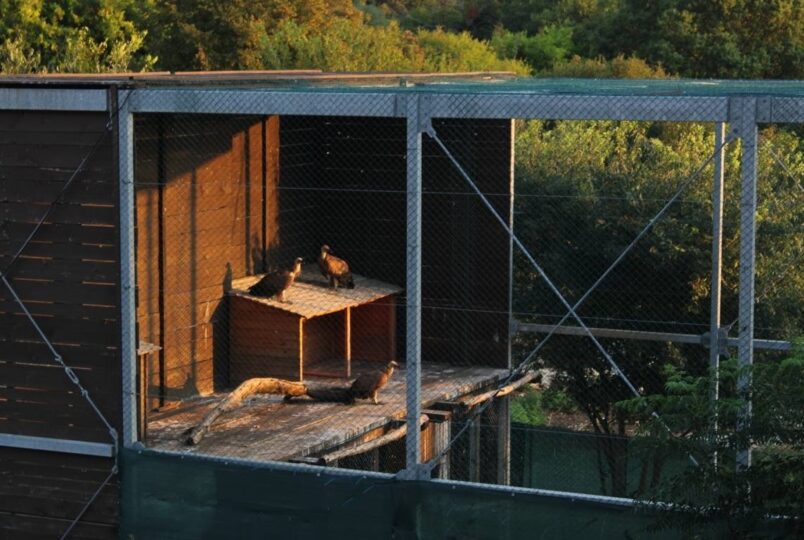
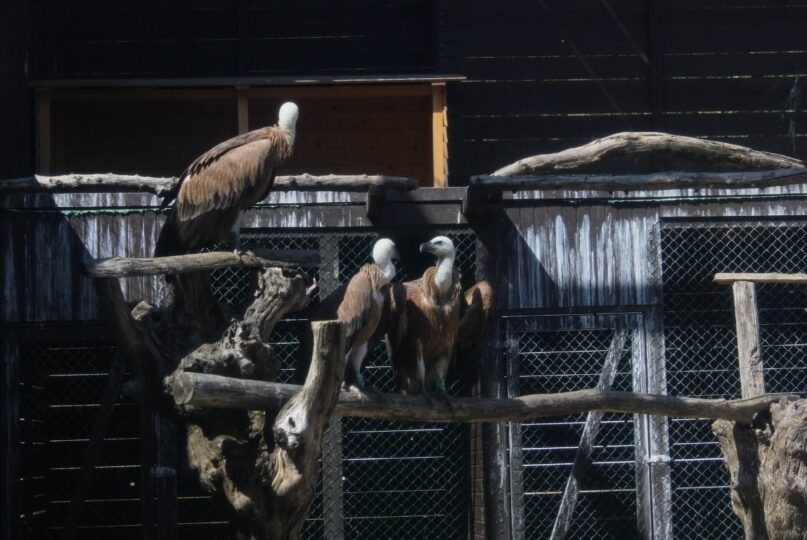
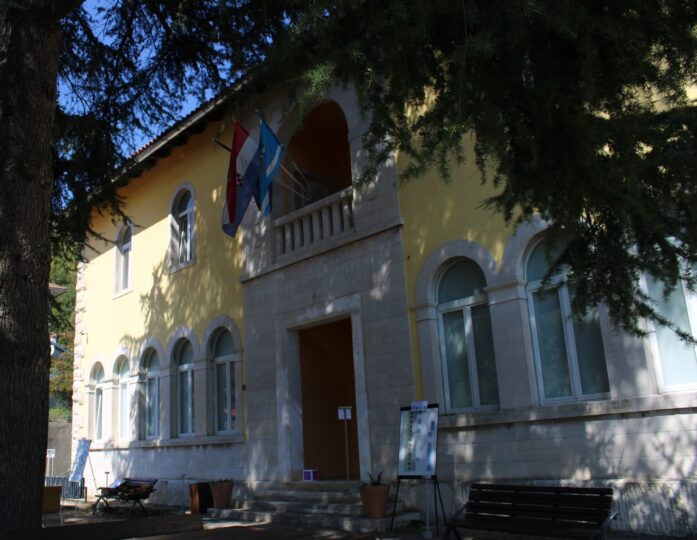
So what does a volunteer do there? Well, pretty much everything the other employees do. I started off by welcoming visitors to the centre, showing them the vultures present in the aviary (and asking them to be quiet where necessary) and answering questions. This, combined with the daily tasks of setting up the exhibitions and cleaning the centre, made up the bulk of my time when I first started. I found it a great way to exercise talking to the public, test my knowledge, and a good opportunity to put my limited knowledge of Croatian to use.
Once I was done for the day, there was only one thing I had in mind, and that was none other than the beach. Beautiful, clear turquoise waters surrounded by forested cliffs, bathed in afternoon sunlight, was the highlight of most of my days. The surrounding forests also offered many options for nature trails, with the frequent sighting of deer, boar and pine marten. The nearby pond was a hotspot for frogs, lizards, snakes and a plethora of dragonflies and butterflies, whereas the entire area surrounding the centre was brimming with birds: songbirds, corvids, raptors, sea birds and many more, could all be observed just by standing right outside the visitor centre.
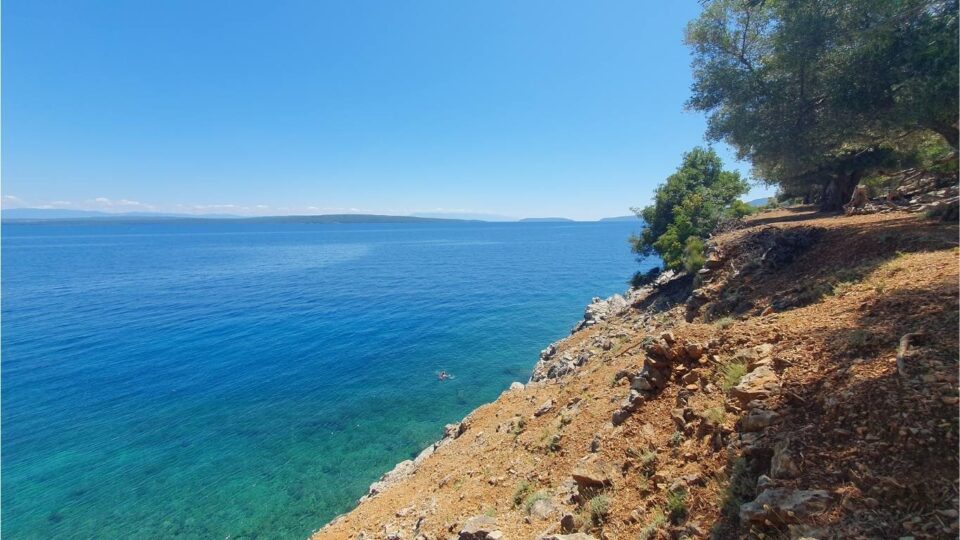
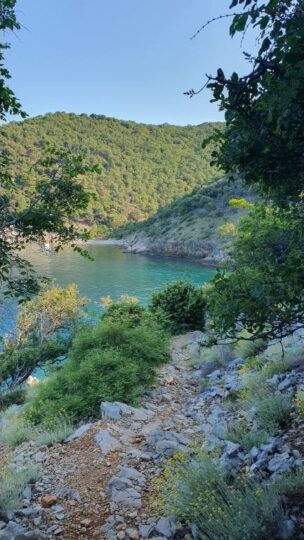
However, the true joy of working in Beli, came when I first got hands on a vulture. It was the first bird that had been rescued that summer, and it had to be moved from the ambulance (the room where the birds get checked) to the aviary, and I had the honour of being the one to secure and move the bird, under the guidance of the centre’s employees. Griffon vultures are strong birds, with sharp beaks and talons, but they are still somewhat fragile, so handling them required a very careful approach, of managing to overpower the bird, without using too much strength as not to hurt it. For me this was a deeply exciting moment, and after the first bird, all other future handlings of the vultures came almost naturally to me.
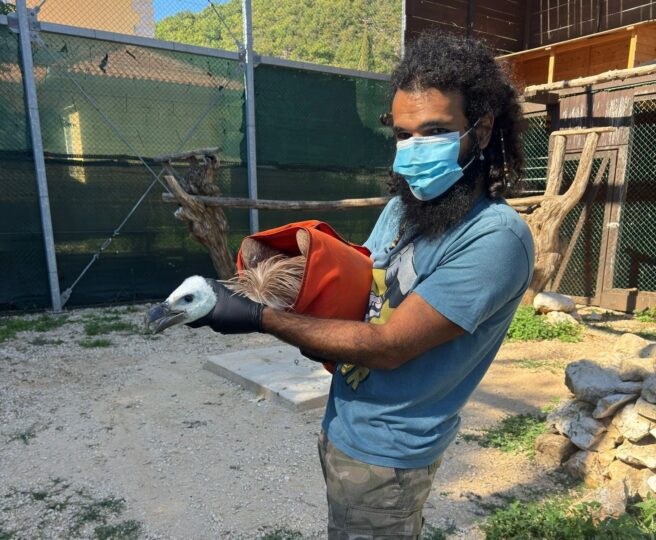
As if handling the vultures in the centre wasn’t fun already, imagine getting to do it while at sea. Sailing out from Beli almost every morning, and riding the waves to different remote and dramatic cliff formations across Kvarner, was the SUP patrol team, who I had the fortune of joining a number of times. Volunteers chosen by Biom would visit different cliff locations within Kvarner with known vulture nest locations, and would search and rescue for birds that would’ve fallen to the sea, and would inform other vessels, if they were too close to said nests. They were also the response team to calls by tourists who would spot vultures in need of saving. After successfully retrieving a vulture, they would bring it back to the rescue centre, where it would be checked and put into the aviary until strong enough to be released.
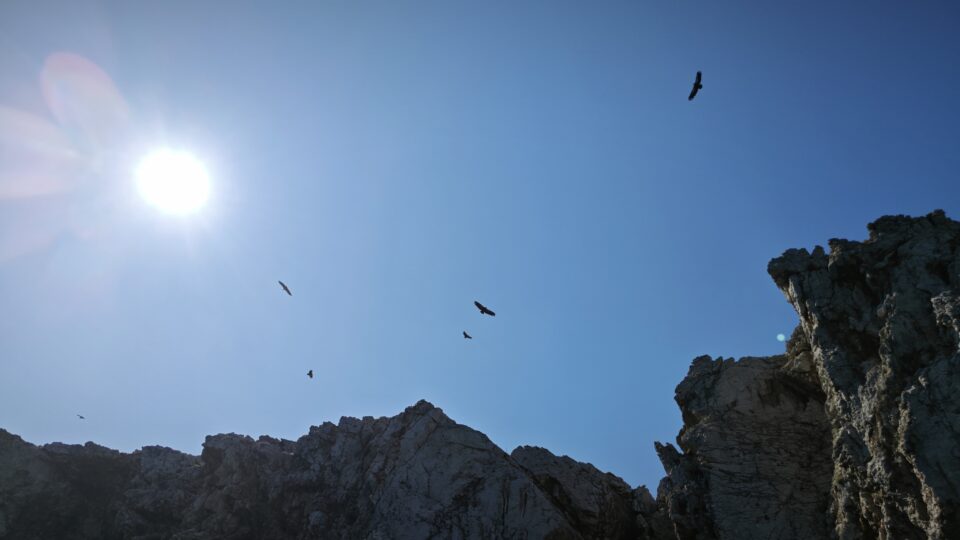
Once the work was finished for the day, both me and the SUP patrol volunteers had the afternoon to ourselves. We would all stay together on the 1st floor of the visitor centre, where we would sit at the balcony or the garden with a beer, watch a movie together, go to the beach together or have dinner at one of the local restaurants nearby. On occasion we would even visit the city of Cres for shopping, or to enjoy some ice cream. Although each pair of SUP patrol volunteers would only stay at the centre for two or three weeks, that was plenty of time to form some strong bonds and to create some truly amazing memories together.




